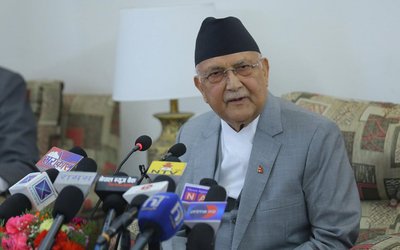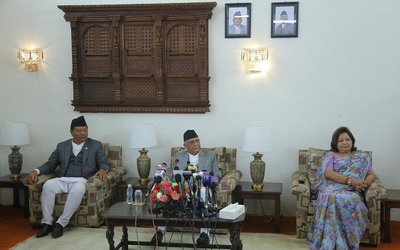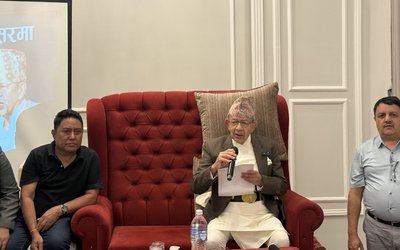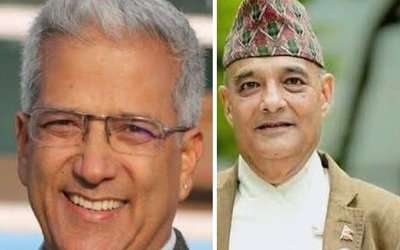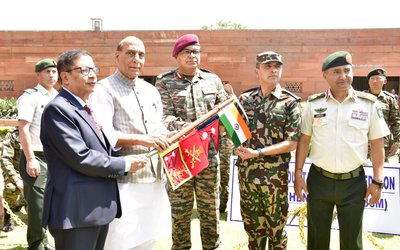In these days of political doom and gloom, there is welcome news about Nepal’s health indicators. For sure there is tremendous room for improvement, butthe World Bank’s (www. Data.worldbank.org) health assessment of Nepal gives something to cheer about. This news has been unexpected but very welcome.
As the table shows, even though Nepal’s gross national income ( GNI) is three times lower than India’s, Nepal’s health indicators have surpassed India’s when the opposite was true a few decades ago. In 1990 Nepal was behind in every development indicator; this phenomenal improvement appears almost paradoxical, given that Nepal is the poorest amongst the neighboring countries being compared.(The fact that are some measurable indices to compare data and base these reports is reassuring as political “guff” is very cheap and profuse). What could have accounted for this improvement?
The government’s health programmes and international and national NGO’s will be quick to claim credit, but perhaps the contribution from hard-earned remittance sent directly to their families in village Nepal by self-sacrificing Nepalis doing menial jobs abroad may well be significant. This remittance may not be factored in the calculation of the abysmal gross national income for Nepal. The improved health indices data is also in keeping with the recent finding( albeit, controversial) that Nepal’s poverty level may have fallen by about 15 %. Levels of poverty and health indices are in general co-related.
Although Bangladesh with somewhat similar outpaces us in most of the categories, clearly Nepal appears to be the most improved player on the block. There is no question that there are plenty of lessons that Nepal can learn in the field of health from the smart Bangladeshi people. Sri Lanka and China are way ahead of us, and in the coming years, we need to strive to reach their level. It will be hard to come close to Sri Lanka and China. Sri Lanka spent tremendous amounts of money after independence on women’s education and public health and certainly they are drawing rich dividends now as a result of their health policy that they enacted decades ago. We clearly need to emphasize the importance of public health even so that in the years to come we will be where Sri Lanka is now.
Besides GNI, there is, however, one area where we fare very poorly, as is depicted by the highest level of maternal mortality ratio in comparison to the other neighboring countries. The high maternal mortality in village Nepal is a heart-rending tragedy that is enacted with an uncomfortable regularity. There is supporting data which reveals that each week there are 42 Nepalese women that die in childbirth. Mark Zimmerman MD, a captivating raconteur and the executive director of the Lalitpur-based Nick Simon’s Institute expresses the beginning of this tragedy vividly: “In her home high in the mountains of western Nepal, a woman goes into labour to deliver her first child. She does it the same way that her mother did and her grandmother before her: on the floor, with only a relative to help”. Andsure enough, complications ensue.
With the newly-trained, more competent, and dedicated skilled birth attendants working in the hills of village Nepal today, hopefully, the next World Bank’sassessment will be much improved in the area of maternal mortality ratio too.

Buddha Basnyat MD
Buddha Basnyat, MD, MSc, FACP, FRCP, Director of the Oxford University Clinical Research Unit-Patan Academy of Health Sciences, Kathmandu.
- Altitude Sickness
- Feb 20, 2018
- Post-earthquake Nepal: The Way Forward
- Dec 13, 2015
- The Annapurna Sanctuary
- Nov 29, 2015
- Diarrhea at the Summit
- Nov 08, 2015
- Altitude Sickness ( AMS, HAPE, HACE)
- Oct 15, 2015






